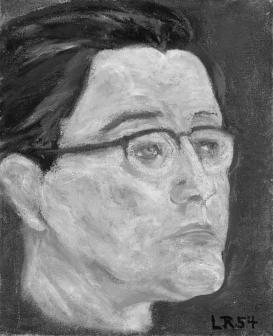The project investigates the conditions faced by female academics at the University of Berlin from its reopening in 1946 until 1961. It asks whether the situation for women academics improved after the deep setbacks during the Nazi regime. In 1946, six women became professors (out of a total of 300 professors). They belonged to three faculties: geneticist Elisabeth Schiemann, philosopher Liselotte Richter, and Slavic languages expert Margarete Woltner were members of the Philosophical Faculty, while Auguste Hoffmann, Elisabeth Nau, and Else Knake all taught in the Medical Faculty (where Knake became the first dean in 1946). Between 1948 and 1951, all but one were compelled to leave the university because of political circumstances; only Richter retained her professorship until her retirement (from 1951 as part of the Theological Faculty).
Examples from the department of mathematical sciences offer insights into the very few female professors and their career paths. In 1946, Elisabeth Schiemann was the only female professor there. Dismissed in 1940 because of her resistance to the Nazis, she accepted a professorship in 1946 as a form of restitution. In May 1949, she had to leave the University because of the Cold War. The physicist Iris Runge, who worked in industrial laboratories from 1923 to 1945, submitted her habilitation in 1947 and became a lecturer in 1949 and a professor in 1950. The physicist Katharina Boll-Dornberger (née Schiff), one of the small group of reémigrées, completed her habilitation in 1953 and was appointed professor in 1956. A student of Dorothy Hodgkin’s, she established a research group on crystallography. She was the mother of two sons, and also supported women colleagues.
My study paints a complex picture of contemporary developments. It makes clear that many discussions and problems of that era remain current in our own time—as is indicated by the debates about women’s role in science and society, scholarship versus motherhood, and couples in science.

